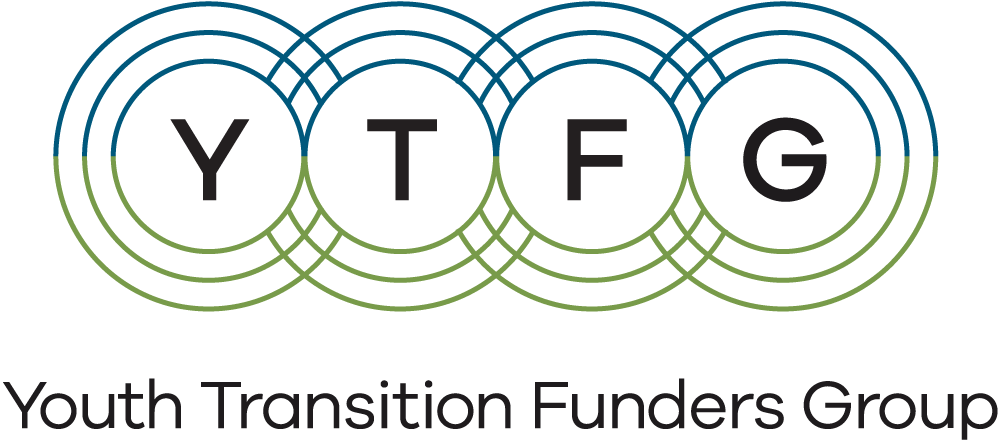The Stupski Foundation
YTFG published its updated Well-Being Framework in 2021 to offer a set of concrete and actionable recommendations for youth-serving system leaders, policymakers, and public and private funders for improving policy and practice to support the well-being and well-becoming of young people throughout adolescence and into adulthood. Since its release, the framework has been used by a variety of organizations to strengthen their work, from foundations, to public agencies to community-based organizations. This blog series is intended to highlight innovative examples of how organizations have put YTFG’s well-being framework into action.
The Stupski Foundation, based in San Francisco, invests in health, food justice, and post-secondary education to promote well-being and abundance for everyone. As a spend down foundation, they are committed to returning all their resources to the communities they call home – the Bay Area and Hawaii – by 2029.
In 2021, the foundation used the YTFG well-being framework, among other resources, to inform the development of a $3 million student wellness initiative. The initiative has supported wellness activities for both students and faculty, making an important connection between the health of the workforce and that of its students. The focus on mental wellness was new for the foundation, and an outgrowth of their conversations with their youth interns and their grantees about the emerging mental health crisis during the pandemic. Young people and staff shared that the pandemic had taken a toll on their health and well-being, particularly given staffing shortages, burnout, and the “great resignation.” The foundation had made micro grants for wellness in the early days of the pandemic, and the overwhelming response to this investment led them to dig deeper to understand how wellness could be incorporated more fully into their investment priorities.
According to Jennifer Nguyen, the Director of Post-secondary Success, the foundation drew heavily from the YTFG framework to make the case with their board for this investment. The well-being domains were incorporated into a landscape analysis that they shared in their Board, which they have also shared publicly on their website so other funders don’t have to reinvent the wheel when exploring mental health investments. The foundation leveraged the framework to differentiate between “treatment” and “wellness” and emphasized the importance of looking at wellness through the experiences of young people, their families and communities, and public systems. The framework also references the 5 well-being domains that are critical for this growth and development to occur.

